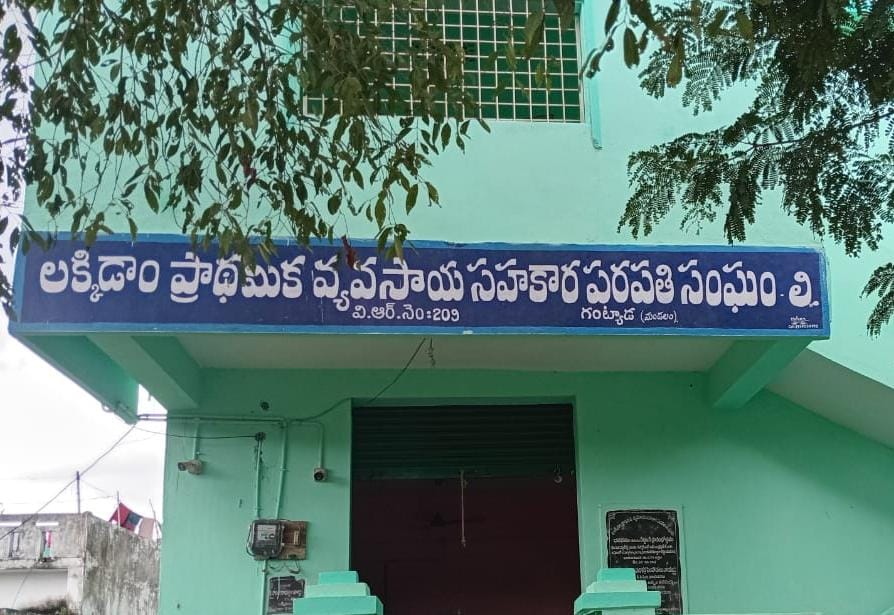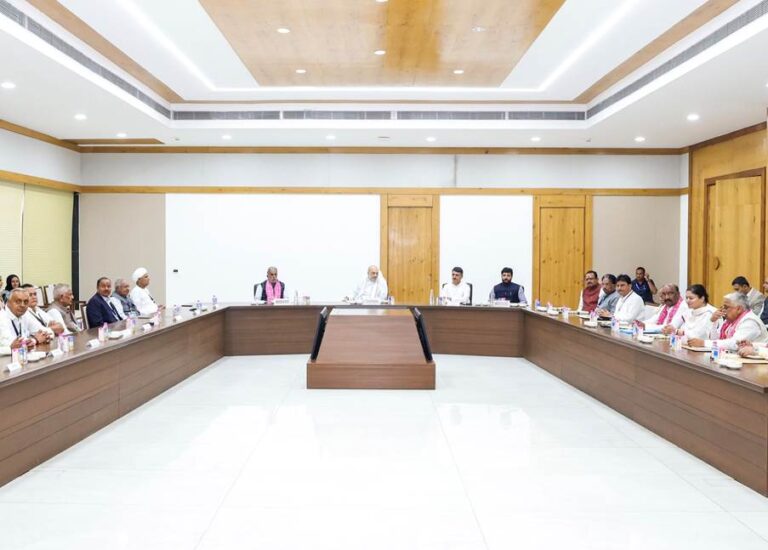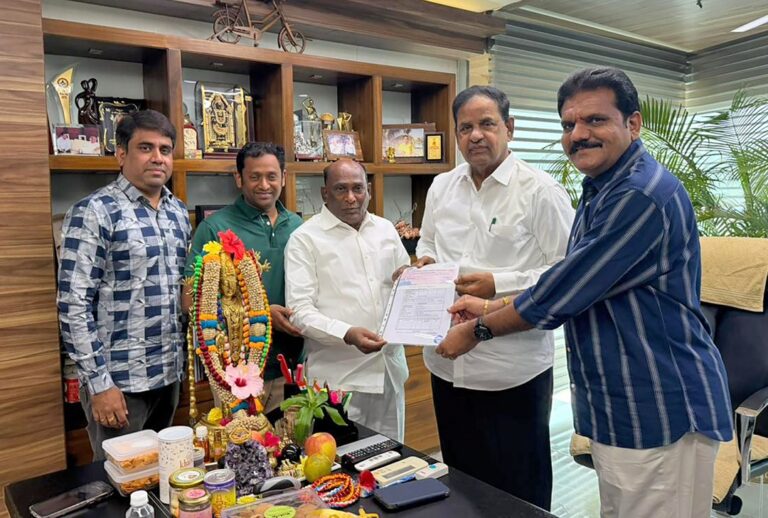

In Line with the Vision of the Ministry of Cooperation, Government of India
Authored Article by Dr.S.L.N.T.Srinivas
Expert in Cooperative Governance & Management
Member, All India Authors Group
Ministry of Cooperation, Govt. of India
AMARAVATI, AUGUST 16, 2025: In recent years, the Primary Agricultural Credit Societies (PACS) in Andhra Pradesh have undergone a remarkable transformation that has set a new standard for the country. What began as an effort to computerise records and streamline operations has evolved into a comprehensive model of governance reform, service diversification, and farmer empowerment. Today, this approach is not only reshaping rural finance but also positioning PACS as vital hubs of rural development.
Beyond Digitisation – A Holistic Transformation
The essence of this initiative lies in going far beyond mere digitisation of records. PACS have been reimagined as multi-service centres where farmers can access a range of essential services under one roof. From banking and credit facilities to the supply of agricultural inputs, from enabling access to government welfare schemes to offering digital services, these institutions are now focal points for rural service delivery.
By integrating Aadhaar-based e-KYC, PACS have made member verification seamless, secure, and accessible. The introduction of real-time dashboards ensures that operational data is transparent and available for decision-making at all levels. This blend of technology and grassroots outreach is fostering a new level of trust between farmers and their cooperatives.
Ensuring Accuracy and Uniformity
One of the standout features of the Andhra Pradesh model is its commitment to data accuracy and uniform accounting practices. Strict data validation processes have been built into the system to ensure that the information maintained is not only accurate but also reliable for audits, planning, and governance. Uniform accounting formats have been introduced across PACS, enabling better comparability, financial discipline, and regulatory compliance.
This standardisation has eliminated discrepancies that often arise from manual record-keeping, significantly reducing errors and enhancing operational efficiency. By adopting these measures, PACS in the state are better equipped to provide timely, accurate, and relevant services to their members.
Balancing Technology with Trust
While technology is at the core of this transformation, the real success of the model lies in its ability to preserve the trust and personal connect that PACS have traditionally enjoyed in rural communities. The digital shift has not alienated members but instead brought them closer to their cooperative. Farmers, especially those in remote villages, now experience quicker loan processing, faster disbursements, transparent transactions, and easier access to information.
Efforts have also been made to ensure that digital adoption is inclusive. User-friendly interfaces, local language support, and in-person assistance have helped members, including elderly farmers and those less familiar with technology, to comfortably adapt to the new systems.
Driving Policy and Vision into Action
The transformation of PACS in Andhra Pradesh has been driven by clear policy direction and strong alignment with the larger vision of cooperative modernisation. By combining central and state-level strategies, the initiative has ensured both resource mobilisation and effective implementation. This synergy between policy and practice has created a sustainable model that other states are now looking to replicate.
From Credit Societies to Rural Service Hubs
The redefined PACS are no longer confined to providing agricultural credit alone. They are increasingly taking on roles that support rural livelihoods in multiple ways:
- Supplying seeds, fertilisers, and other agricultural inputs at competitive prices.
- Facilitating procurement of farmers’ produce, ensuring fair pricing and timely payments.
- Offering a range of financial services including deposits, insurance, and remittances.
- Enabling access to social security and welfare schemes through digital platforms.
- Acting as distribution points for digital services such as bill payments, mobile recharges, and online applications for government benefits.
This diversification has not only improved farmer incomes but also enhanced the financial sustainability of PACS themselves.
The Road Ahead – Scaling and Sustaining the Model
While the achievements so far are impressive, the journey is far from complete. To sustain and build on these gains, the focus must remain on:
- Continuous technology upgrades to meet evolving needs.
- Regular training for PACS staff to ensure efficiency and adaptability.
- Expanding the range of services in response to farmer demands.
- Strengthening governance frameworks to ensure accountability.
- Encouraging active member participation in decision-making.
By maintaining momentum and addressing these priorities, the PACS in Andhra Pradesh can continue to lead the way in transforming rural finance and development.
A Model for the Nation
The Andhra Pradesh experience demonstrates that with the right blend of technology, governance reform, and farmer-centric services, PACS can be powerful agents of change in rural India. This model proves that modernisation need not compromise the community-based ethos of cooperatives—in fact, it can strengthen it.
By creating institutions that are both technologically advanced and deeply rooted in the needs of their members, Andhra Pradesh has set a benchmark for others to follow. As more states explore similar reforms, the impact of this transformation could ripple far beyond the state’s borders, contributing significantly to rural prosperity and inclusive growth.




